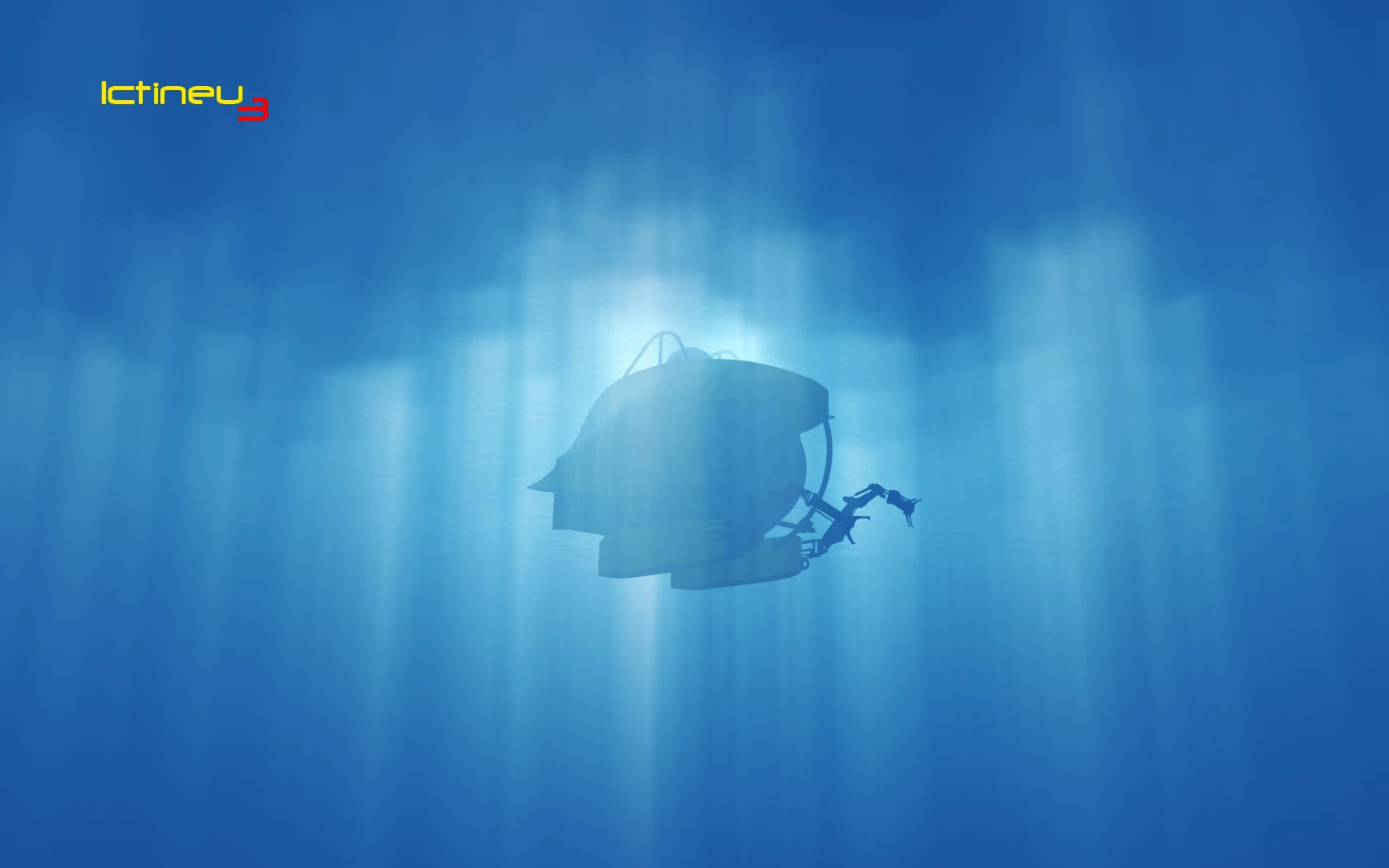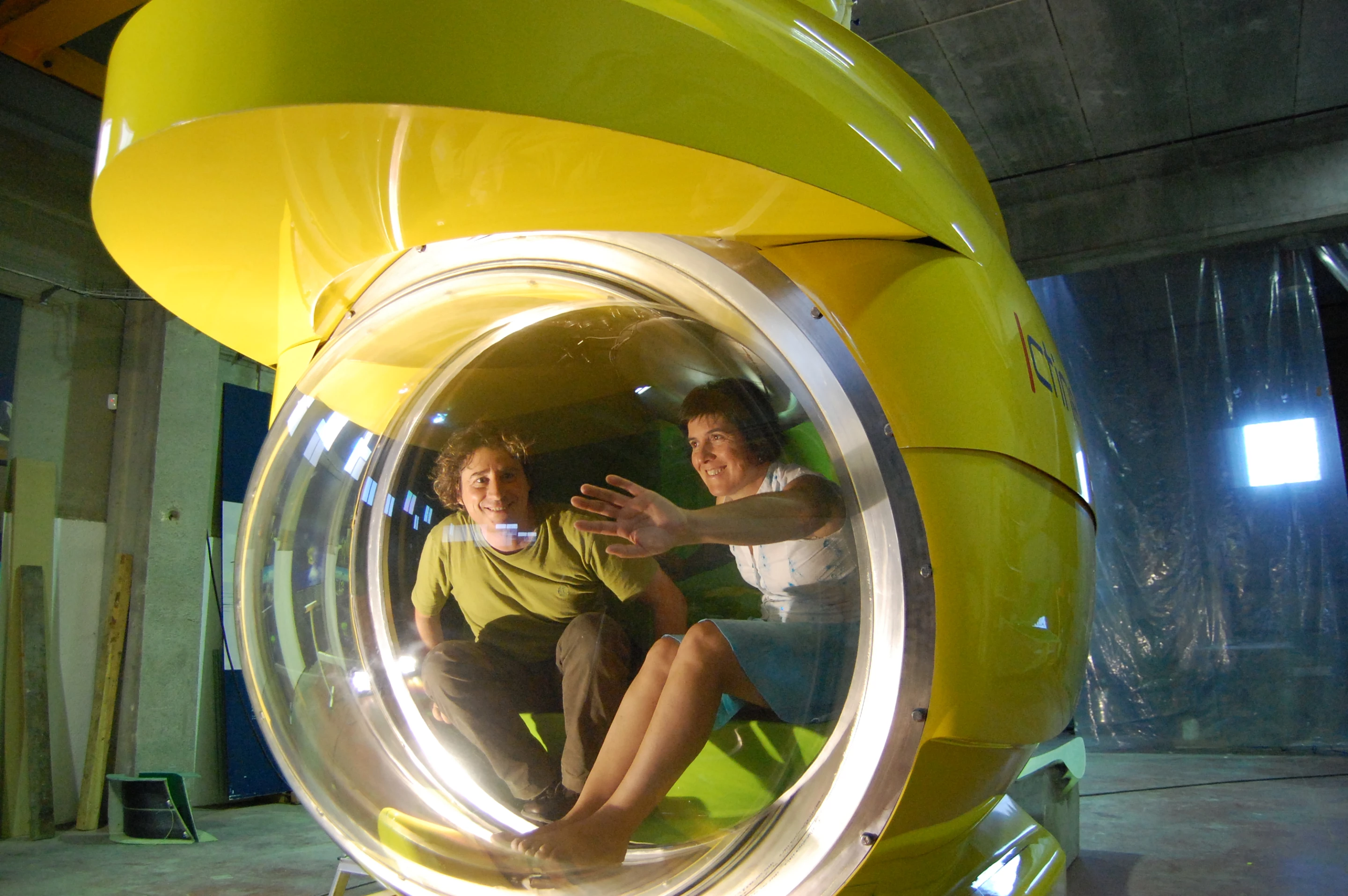While NASA makes plans to send man to Mars, there's still so much we don't know about our home planet - particularly when it comes to what lies beneath the ocean waves. Over the past few years we've seen the emergence of a number of submersibles that bring underwater exploration to a wider audience, such as the C-Quester and C-Explorer lines from Uboatworx and the EGO semi-submarine boat. The latest to catch out eye is the ICTINEU 3, a three-seater (one pilot and two passengers) submersible that is designed to dive to a maximum depth of 1,200 meters (3,937 ft), which its makers claim will make it the world's ninth deepest submersible.
Intended for everything from oceanography, archaeology, industrial work, filming and photography and leisure applications, the ICTINEU 3 is designed to be modified to suit the task at hand with the ability to accommodate various instrument and sensor payloads and to integrate new technology and equipment as they become available. It will also come equipped with two robotic arms with seven degrees of freedom, 1.5 m (4.9 ft) range and exchangeable claws.

To ensure the craft is also attractive for the leisure market, passengers are able to enter and exit from the water surface or a small boat. There's also a 1.5 m (4.9 ft) diameter acrylic window for taking in the view and the interior is maintained at atmospheric pressure so passengers won't have any decompression issues.
Propelled by four stern and four maneuvering thrusters that are powered by a 42 kWh lithium-ion battery pack, the ICTINEU 3 can travel up to 32 km (20 miles) underwater at a cruising speed of 1.5 knots (2.8 km/h / 1.7 mph). It can operate autonomously for up to 10 hours with emergency life support for up to 120 hours. With a weight of 5,300 kg (11,685 lb) and dimensions of 4.8 m long x 1.95 m across x 3 m high (15.7 x 6.4 x 9.8 ft) that allow it to fit in a 6 m (20 foot) open-top container, ICTINEU says its submersible can be operated from most research vessels and is easily transported.

Construction of the ICTINEU 3 is due to be completed by the end of 2011, with sea trials and final certification and classification to follow. In addition to plans to manufacture the submersible on request with delivery taking two years, ICTINEU will also run diving services that are set to commence in the Mediterranean in early 2012.
The company is already taking bookings for these initial dives with a 1 hour 30 minute dive to depths of 50 - 250 m (164 - 820 ft) in Costa Rica priced at EUR1,250 (approx. US$1,691), while you can book yourself on a 3 - 4 hour dive at depths of up to 1,000 m (3,280 ft) in Rec de la Fonera for EUR6,000 (approx. US$8,117). ICTINEU also offers the option of personalized dives that see you sitting alongside a marine biologist or archaeologist, or even taking part in a scientific experiment. The company can also transport the ICTINEU 3 to your choice of diving location.
Ictineu 3 Submersible : 3D tour from Ictineu Submarins on Vimeo.













